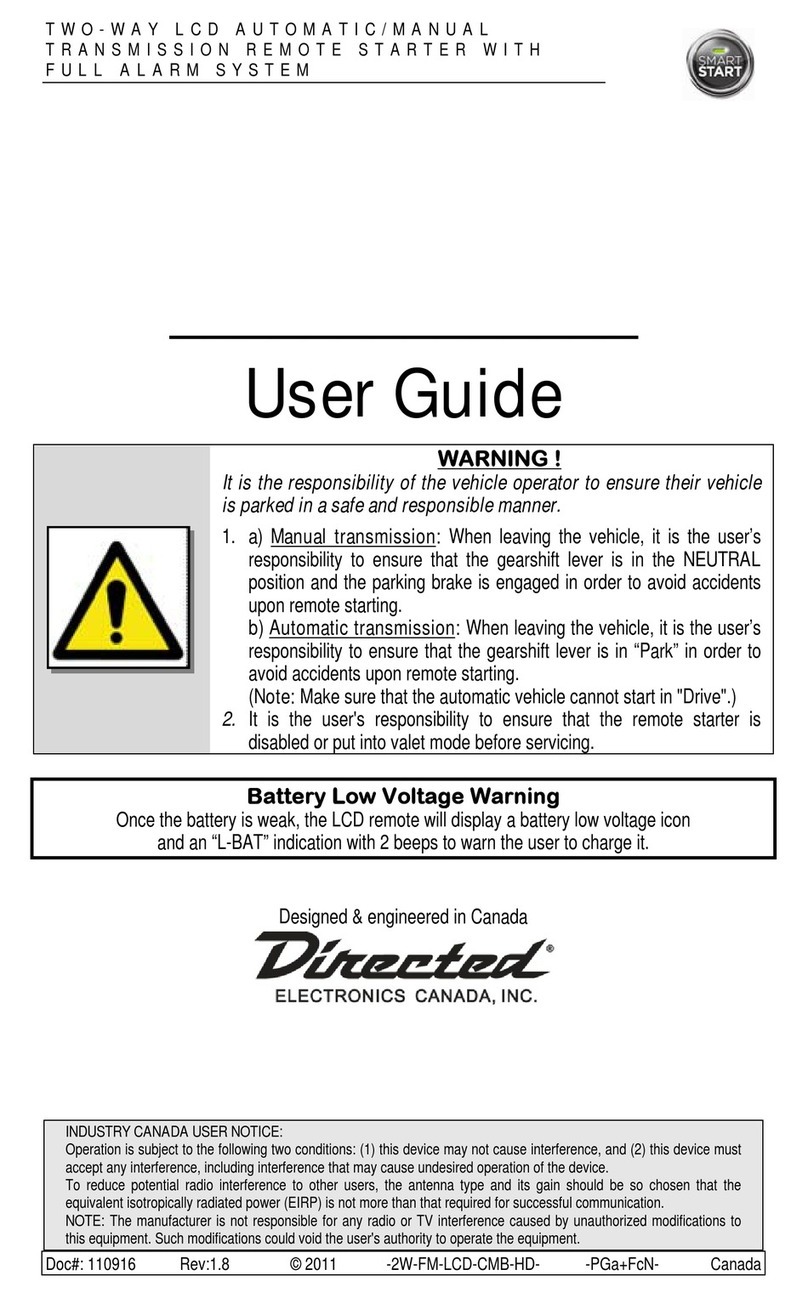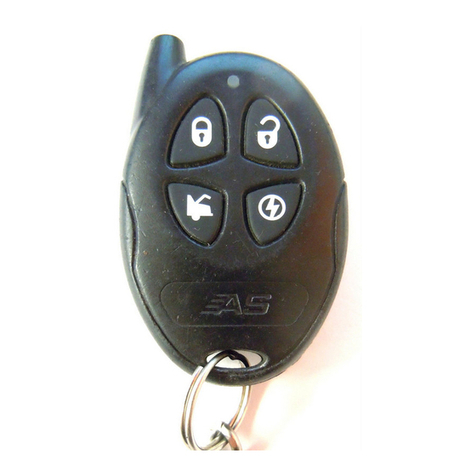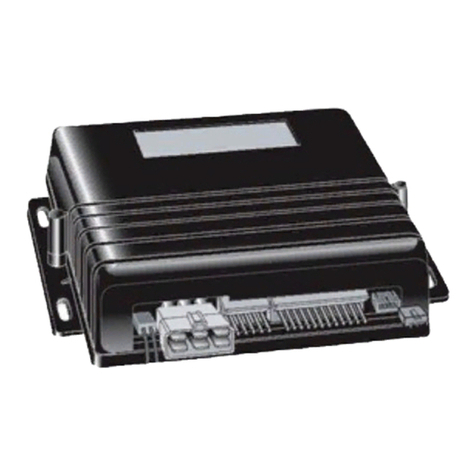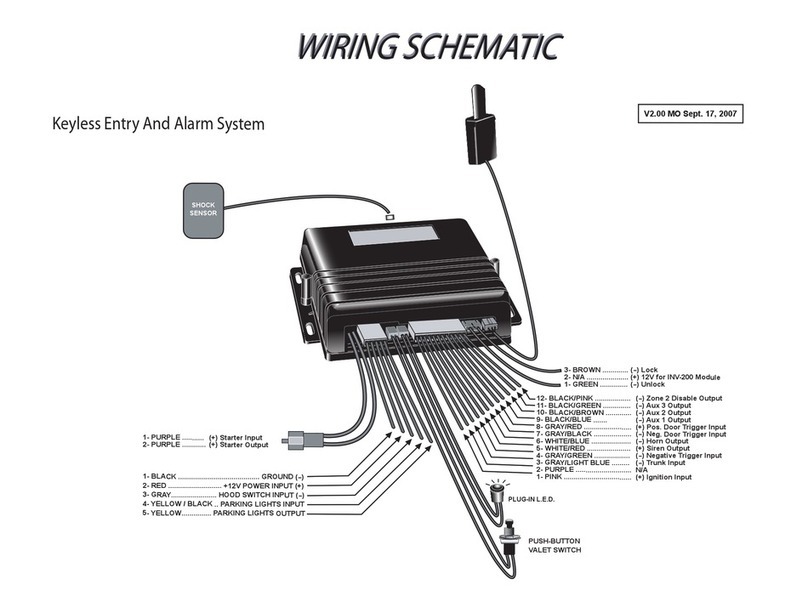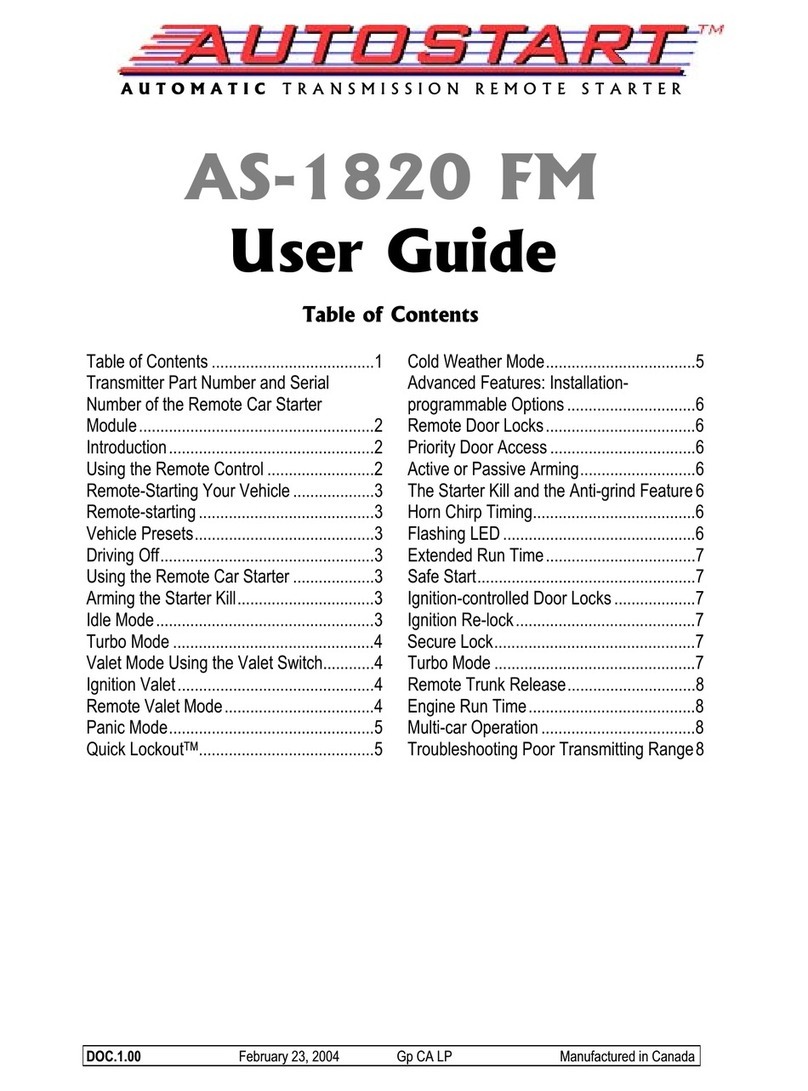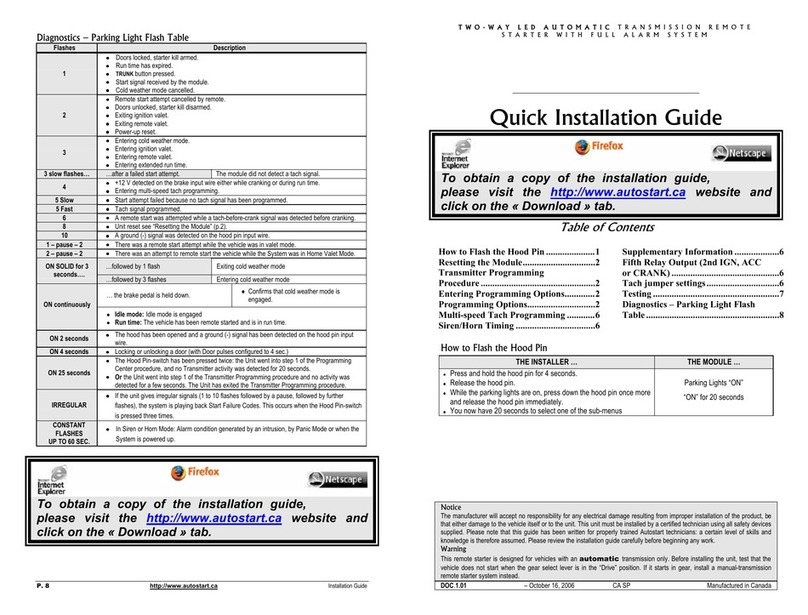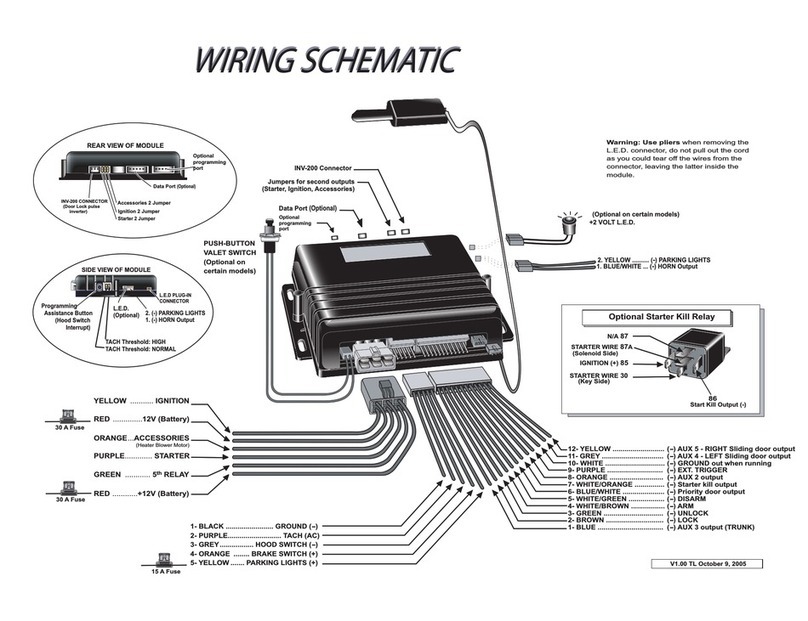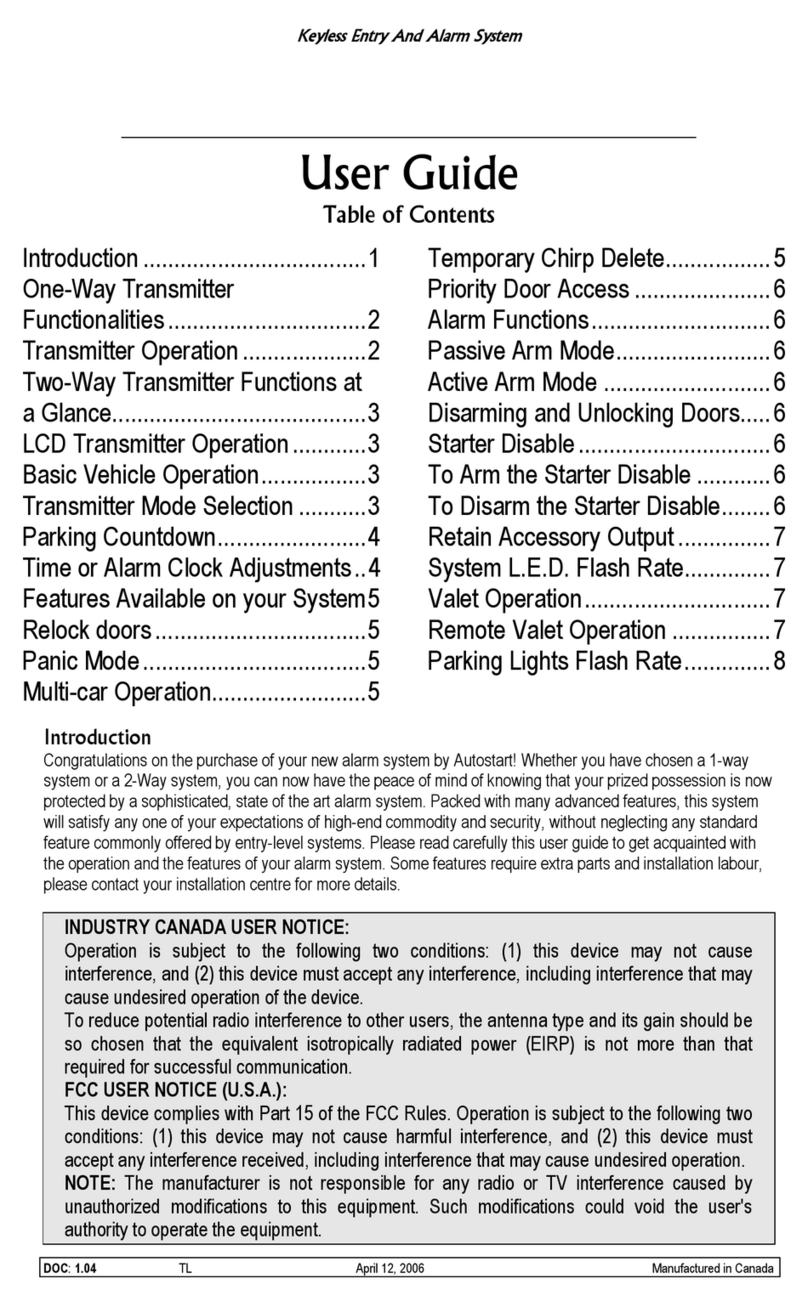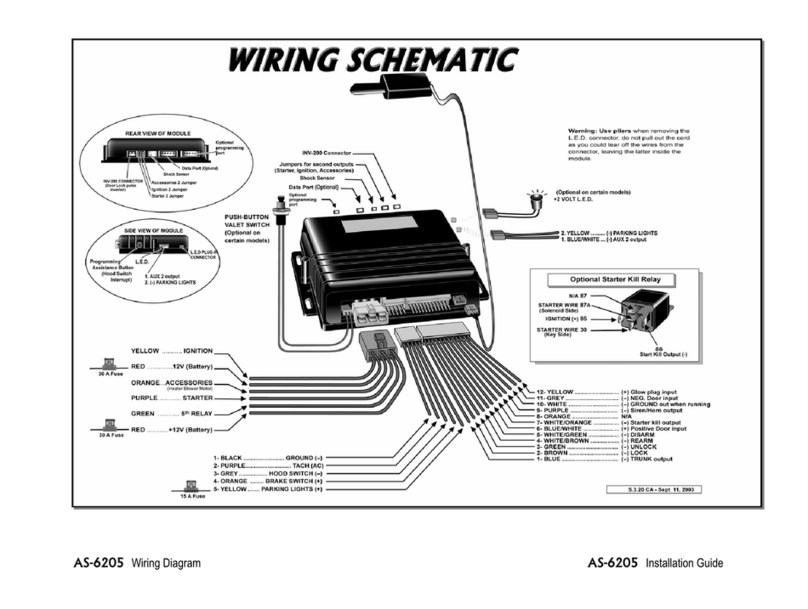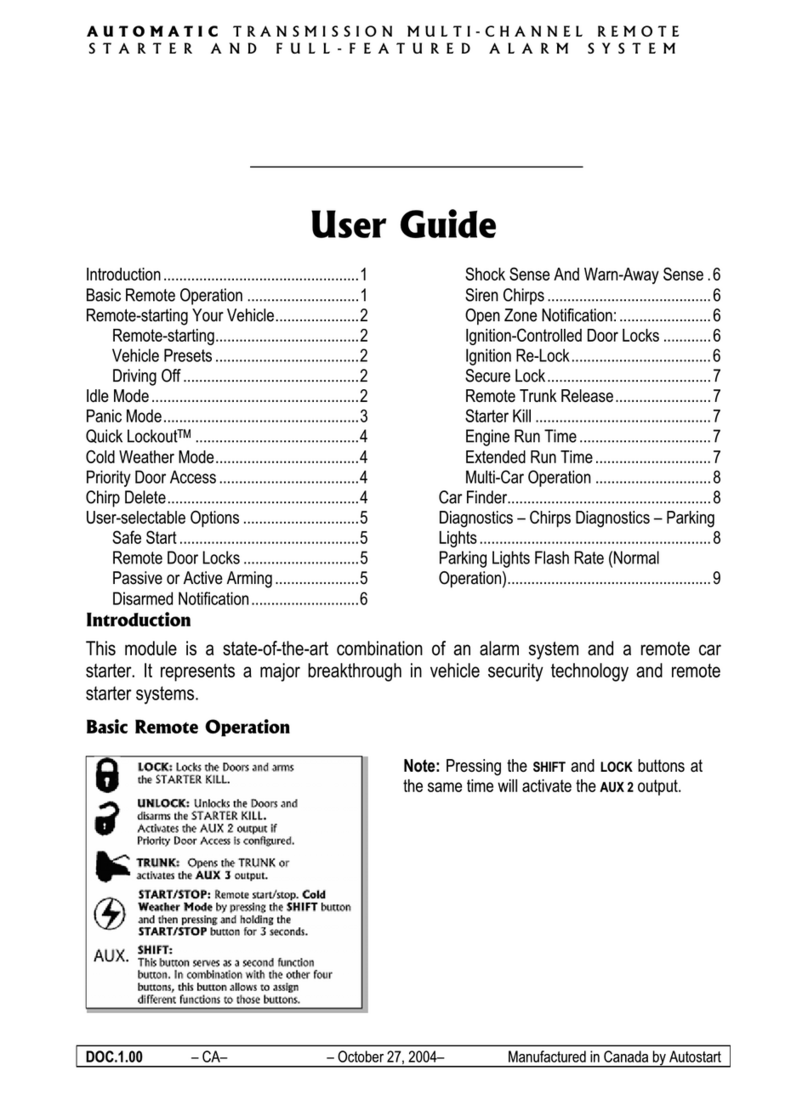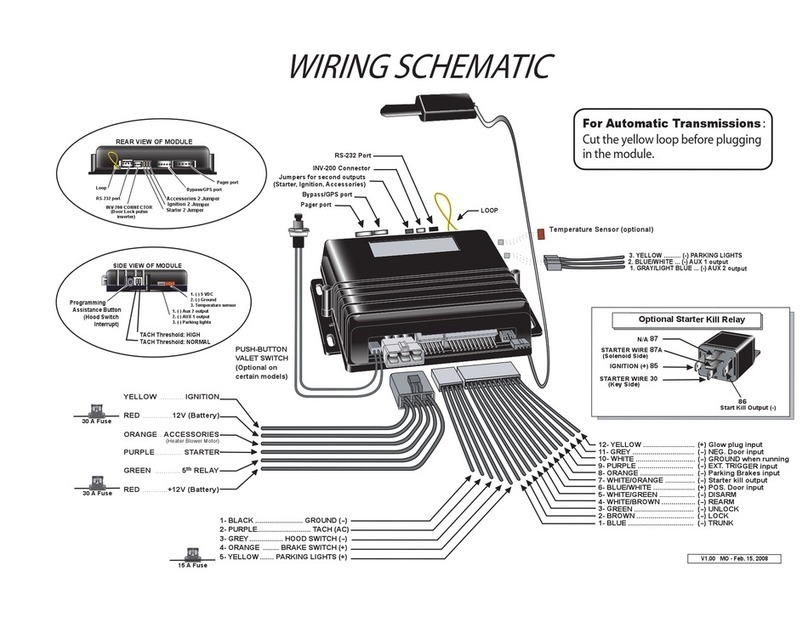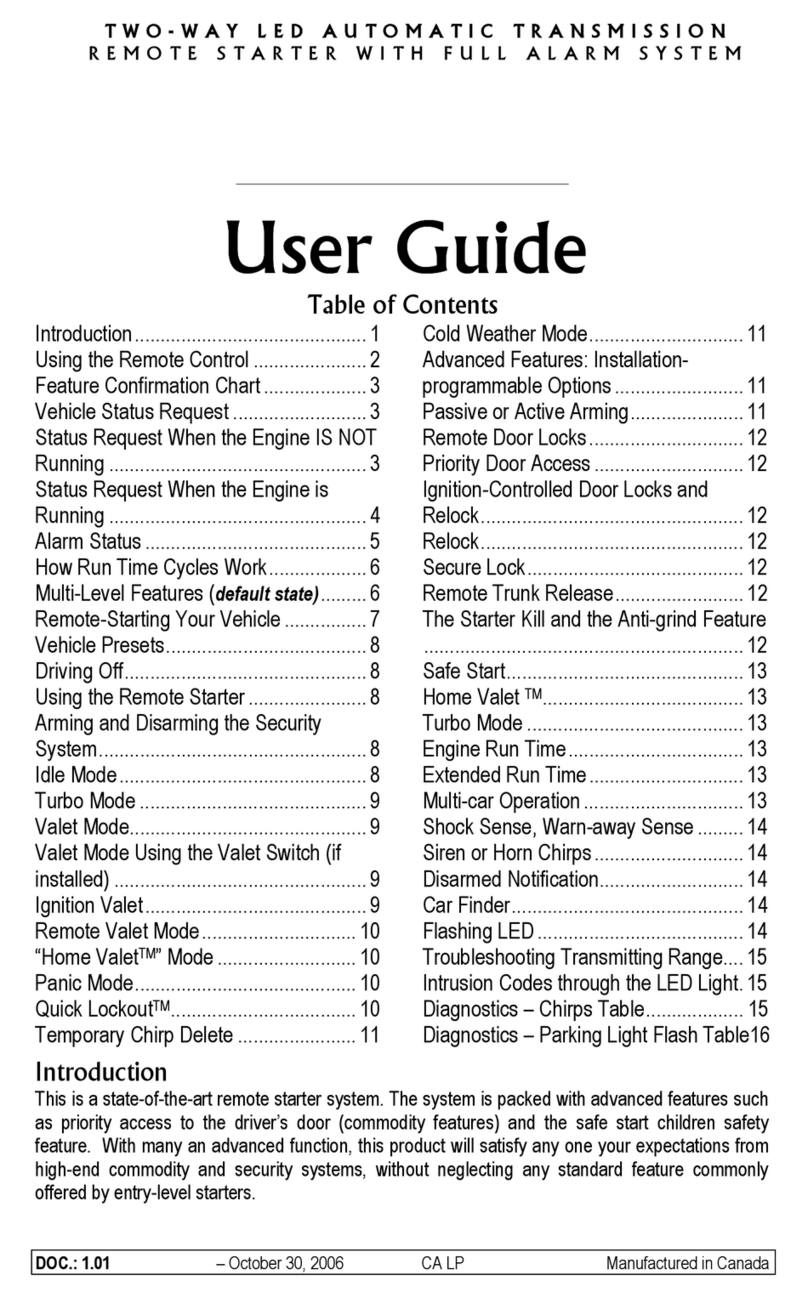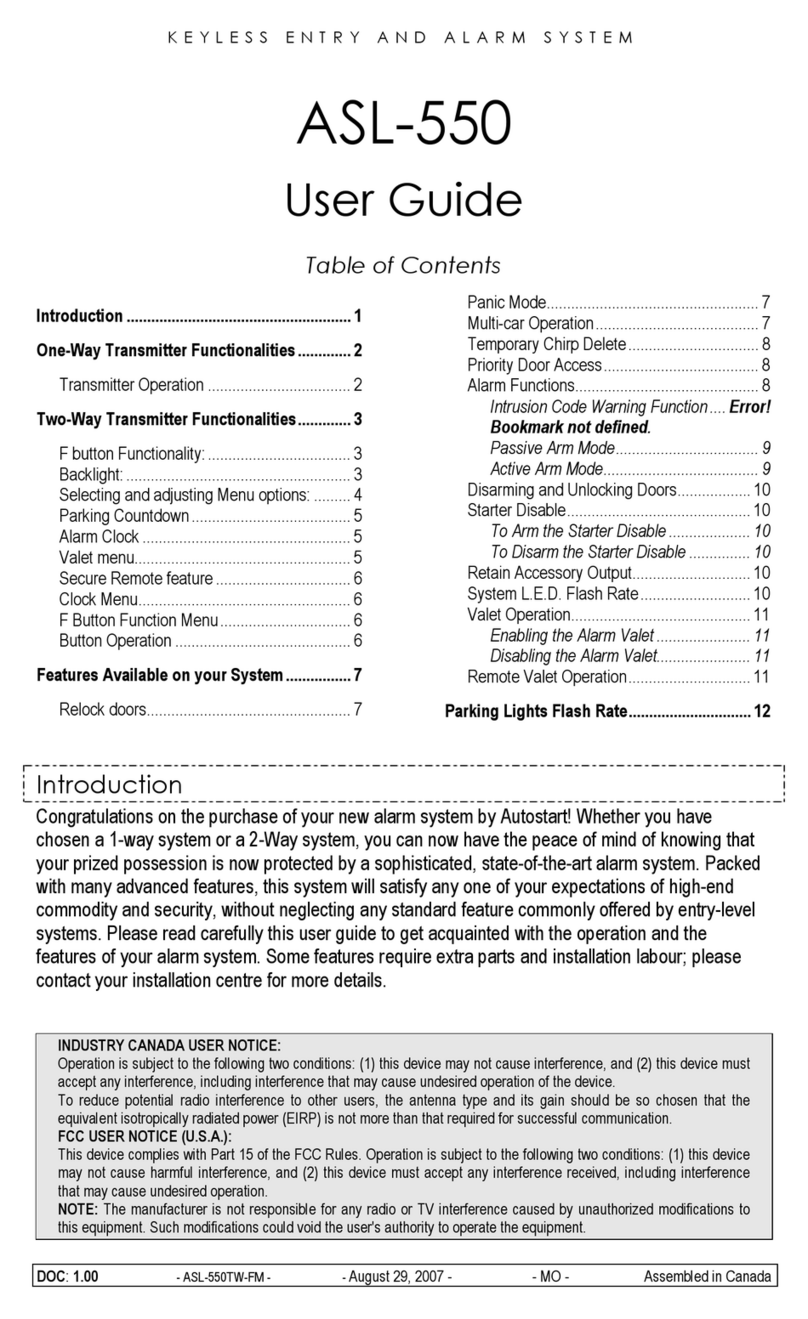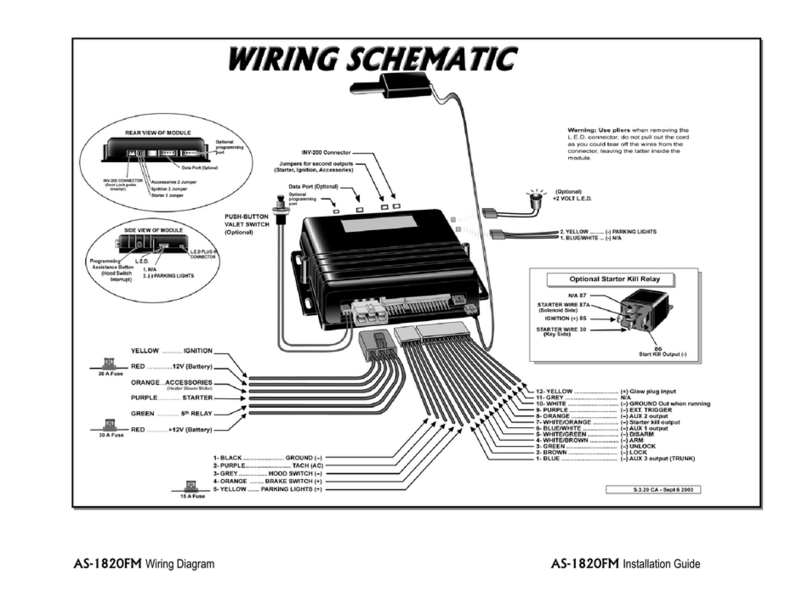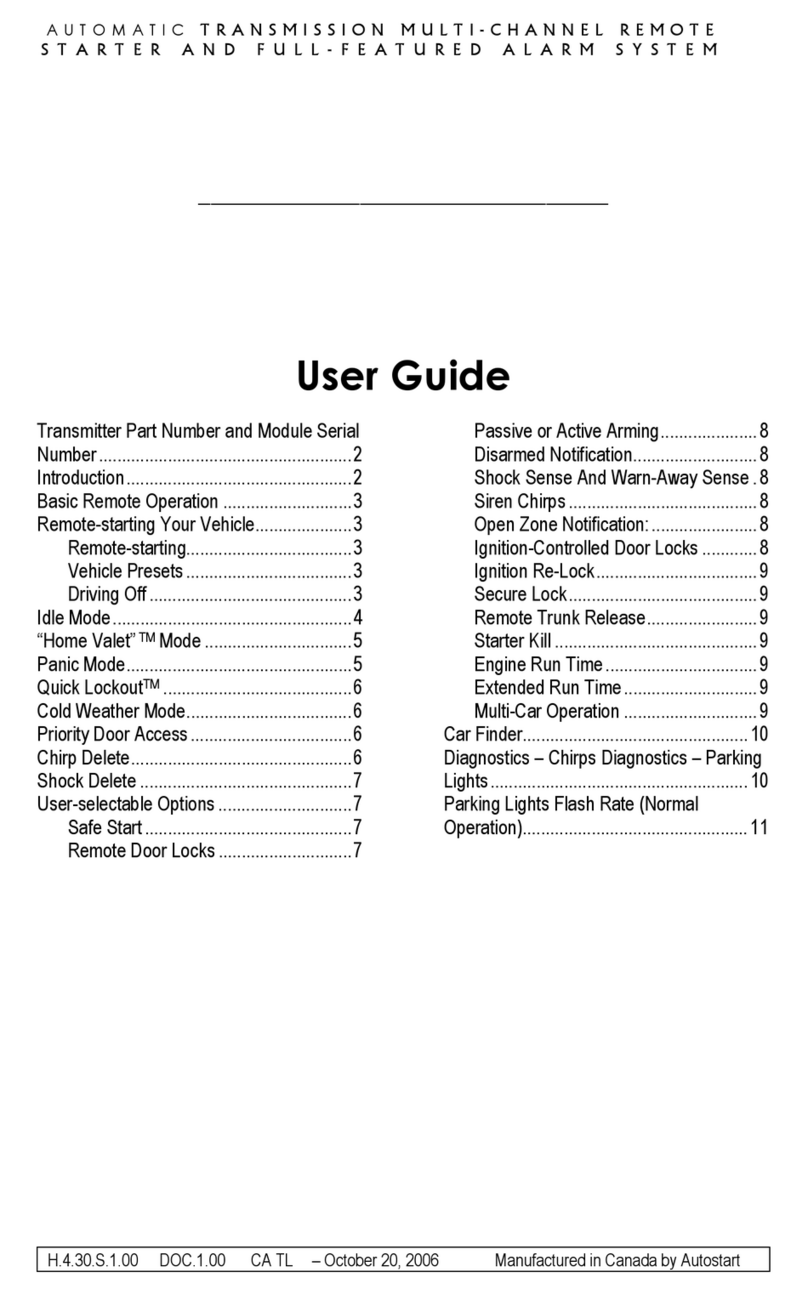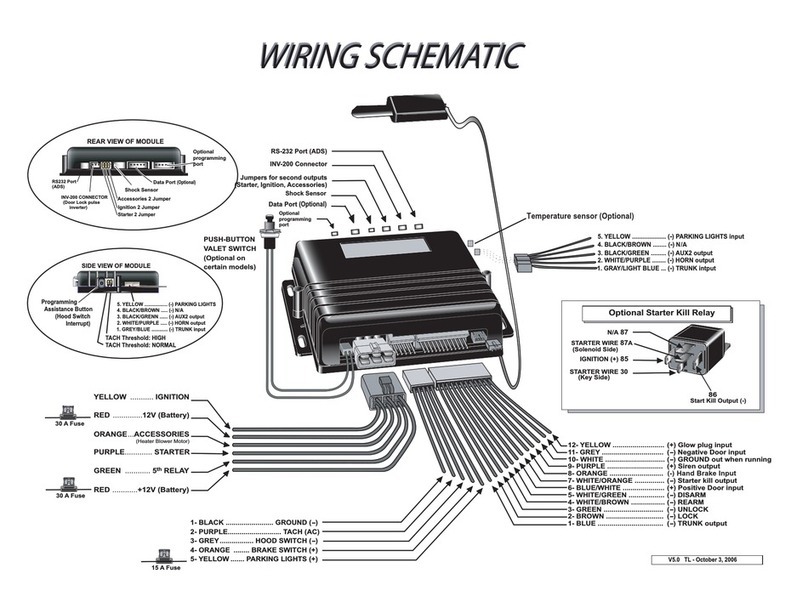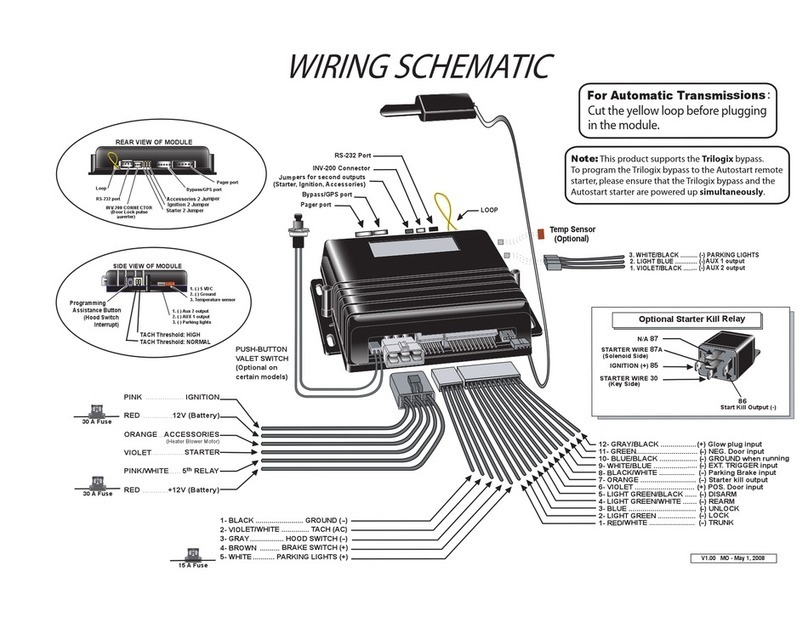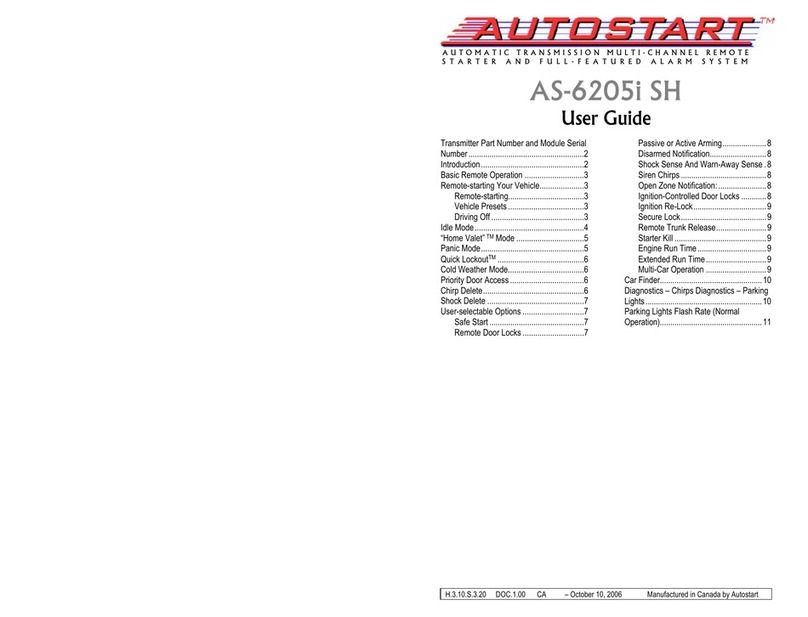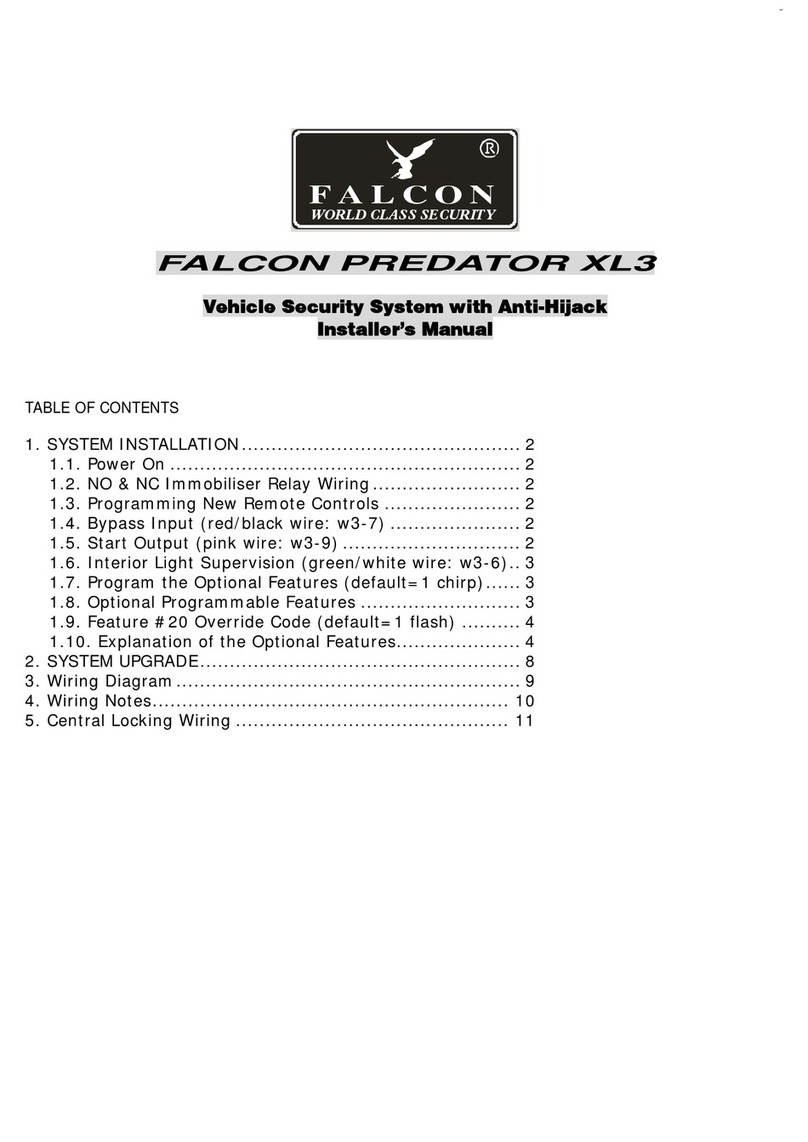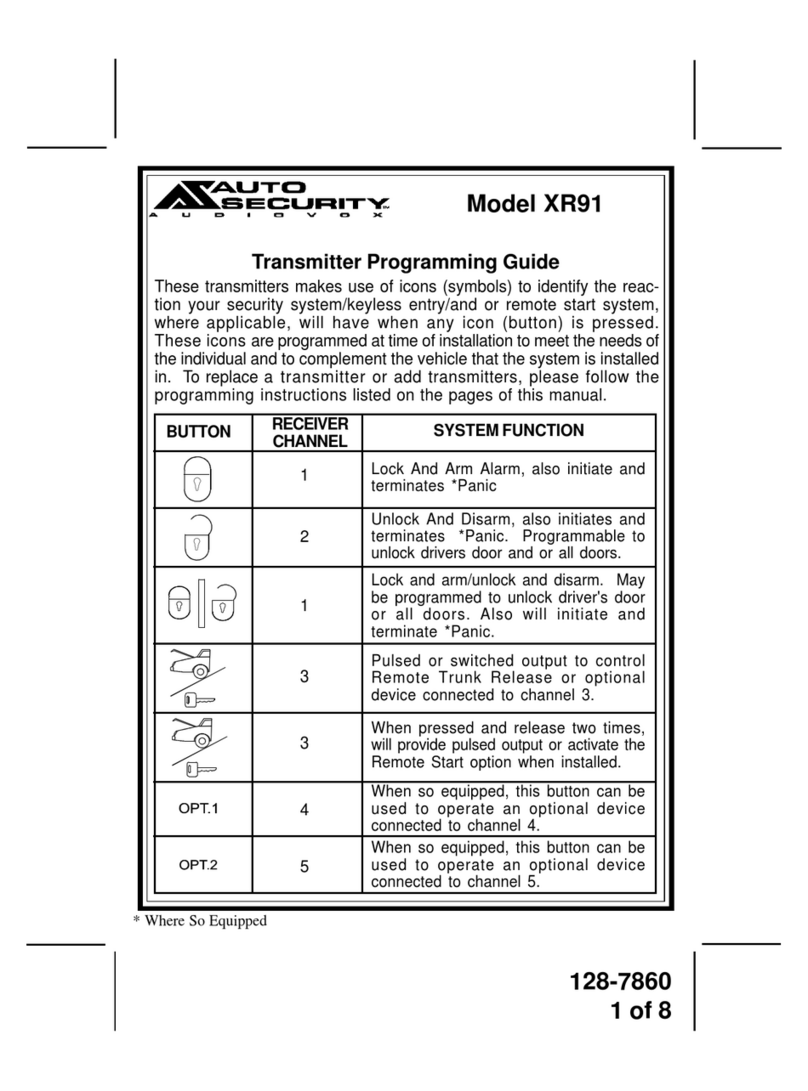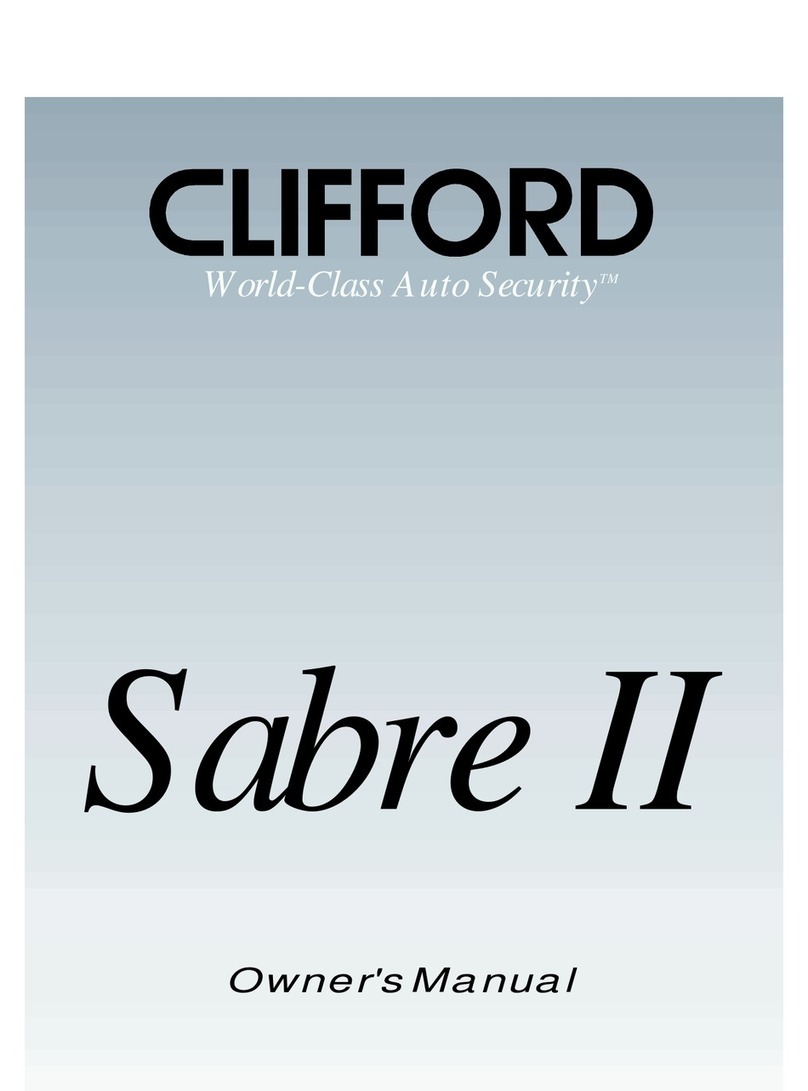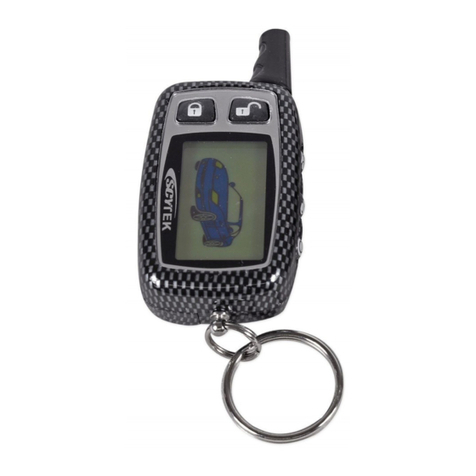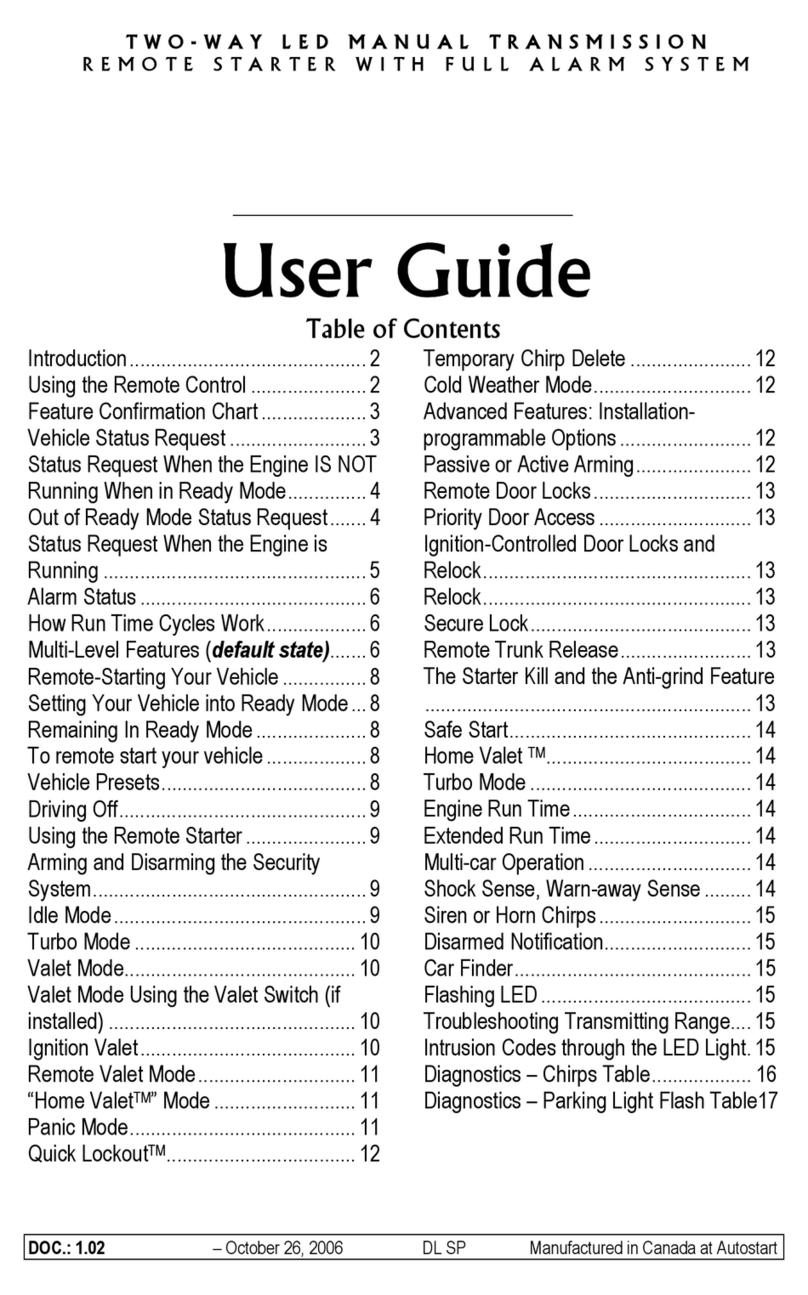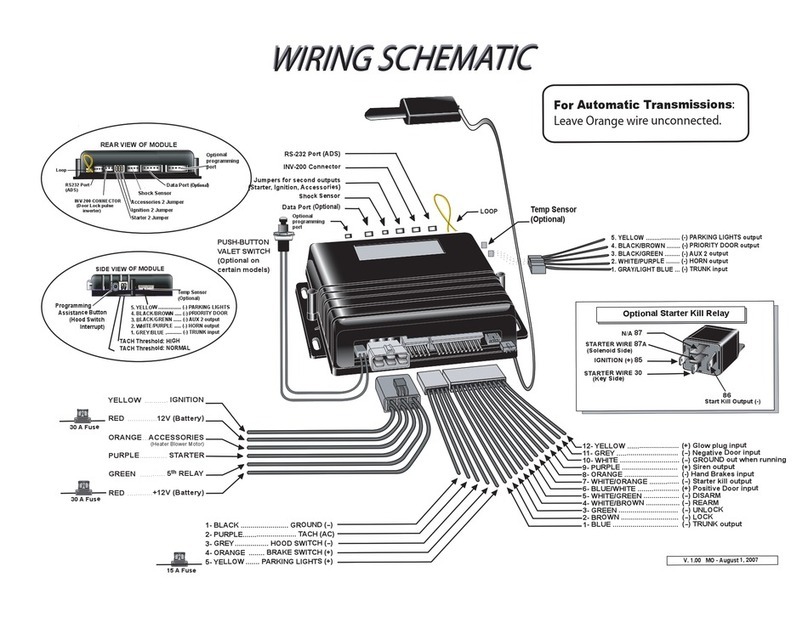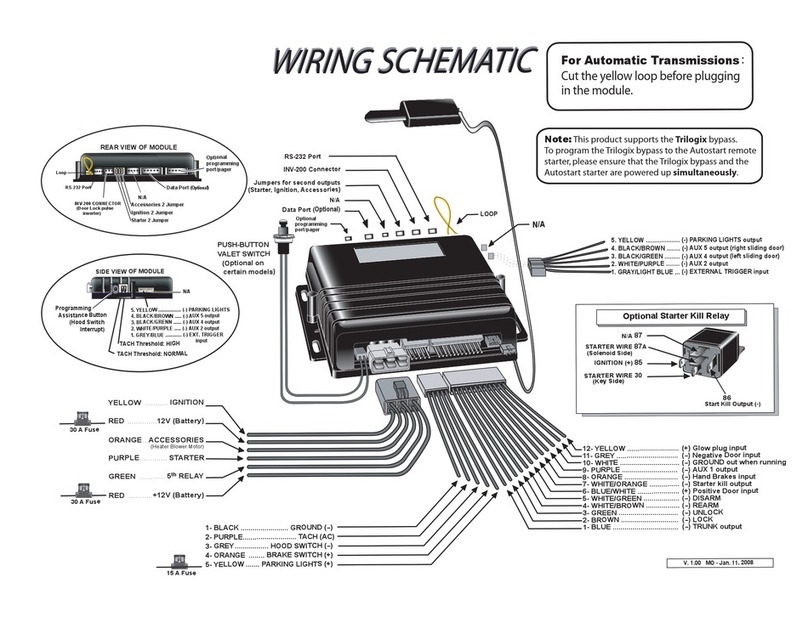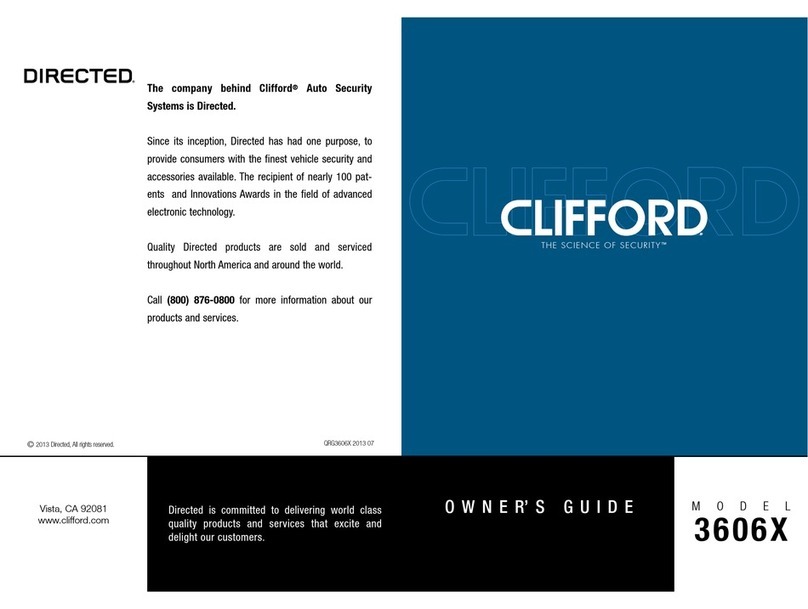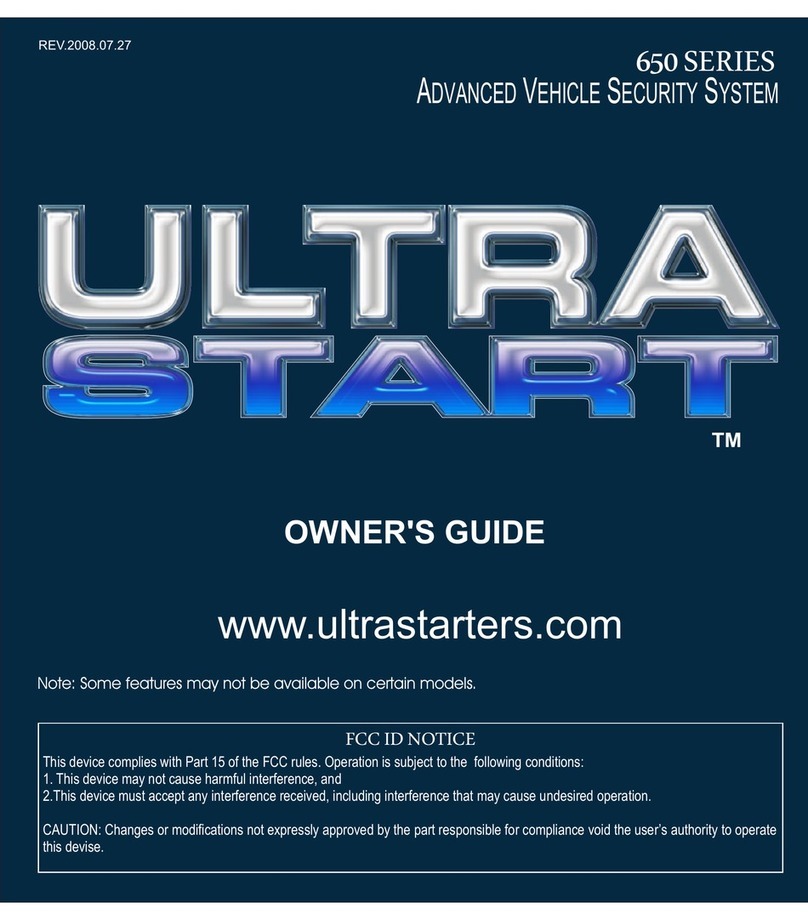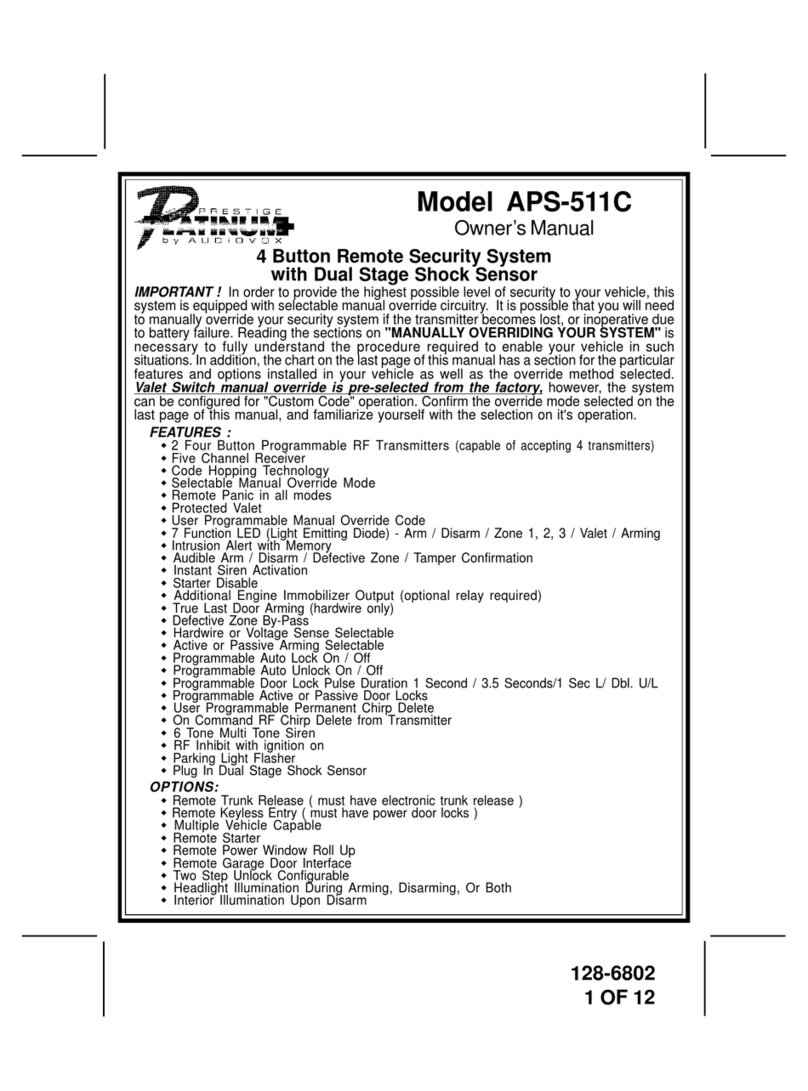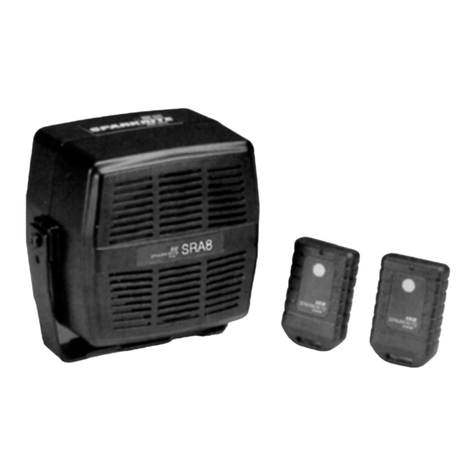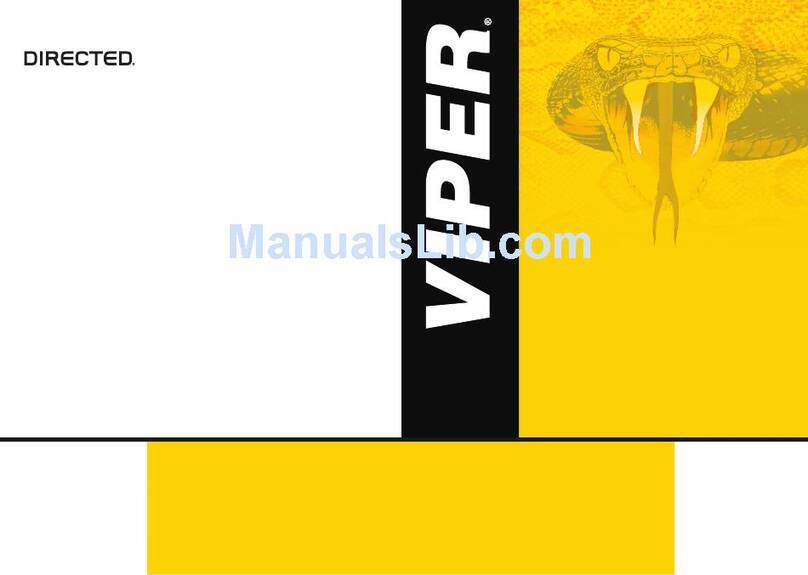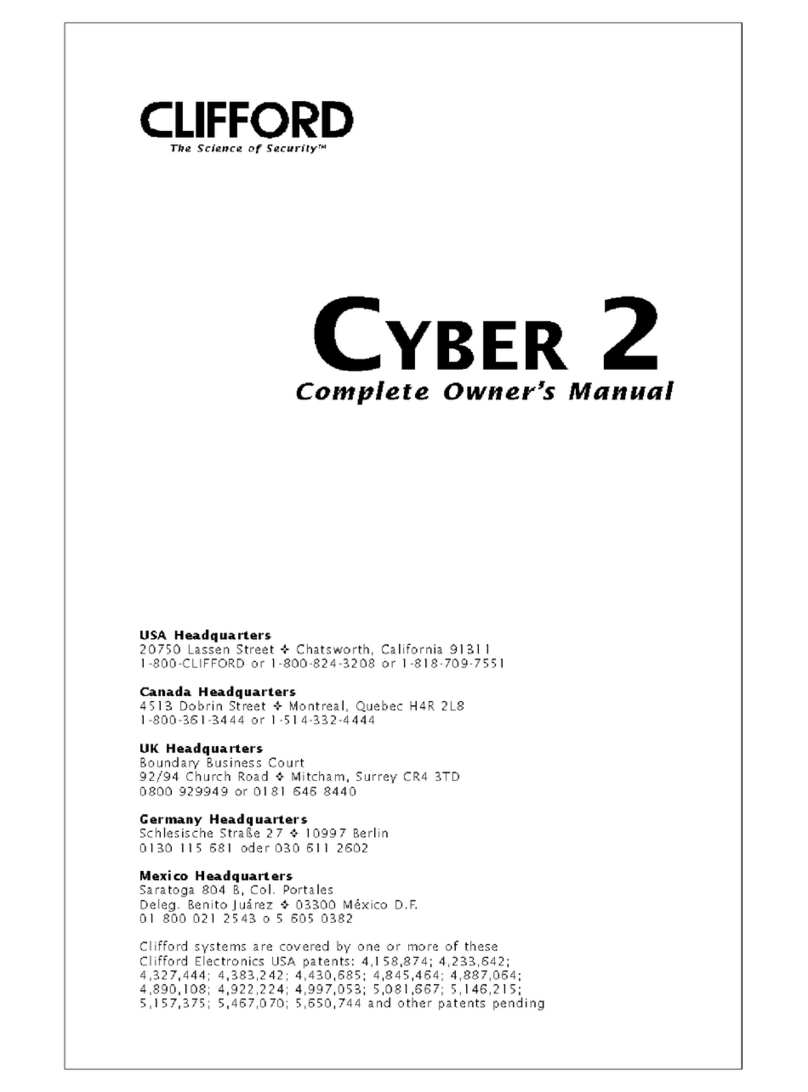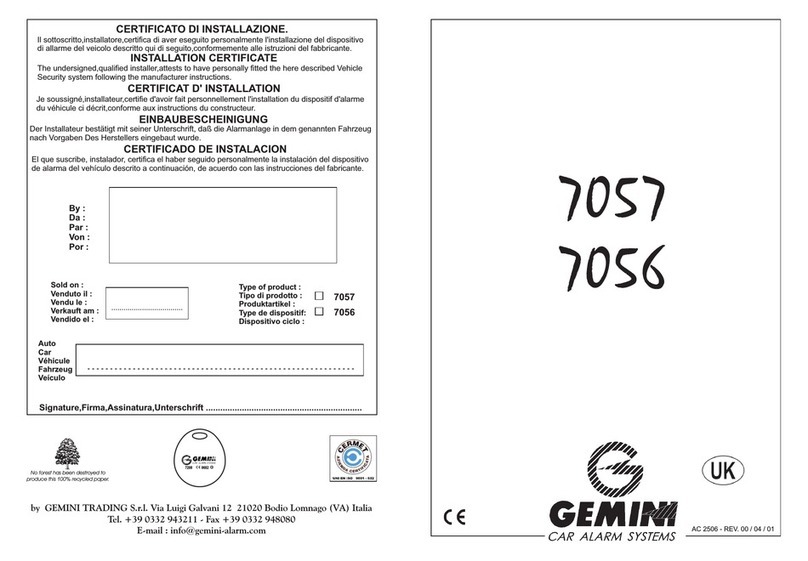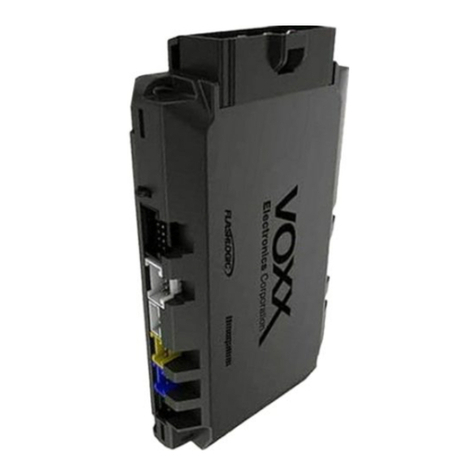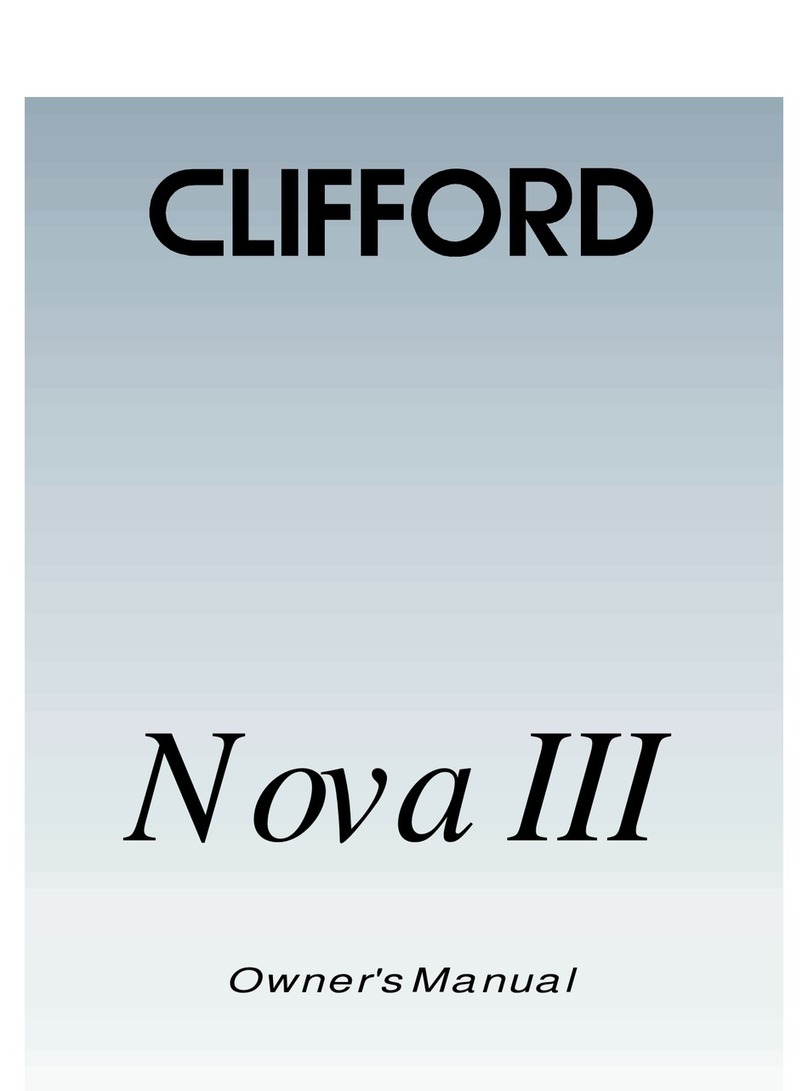
Installation Guide P.3
INDUSTRY CANADA USER NOTICE (Canada):
Operation is subject to the following two conditions: (1) this device may not cause
interference, and (2) this device must accept any interference, including interference that may
cause undesired operation of the device.
To reduce potential radio interference to other users, the antenna type and its gain should be
so chosen that the equivalent isotropically radiated power (EIRP) is not more than that
required for successful communication".
FCC USER NOTICE (U.S.A.):
This device complies with Part 15 of the FCC Rules. Operation is subject to the following two
conditions: (1) this device may not cause harmful interference, and (2) this device must
accept any interference received, including interference that may cause undesired operation.
NOTE: The manufacturer is not responsible for any radio or TV interference caused by
unauthorized modifications to this equipment. Such modifications could void the user's
authority to operate the equipment.
Before You Get
Started
…
ƇOn vehicles with a manual Transmission,
always ensure that all Doors will get the Unit out
of Ready Mode. Switch the wire used so that it
is triggered by all Doors.
ƇMake sure that the Parking Brake and Door
Switch contacts work properly.
ƇWhen working on a vehicle, always leave a
window open.
ƇNever leave the keys in the car. Leave them
on a workbench with a window rolled down.
ƇRemove courtesy light fuse, if possible, to
prevent battery drain.
ƇThe Programming Assistance Button
(A.k.a. PAB.)
The PAB is mounted on the side of the Unit.
This push button mimics the Hood-Pin switch in
order to avoid having to get out of the vehicle
and pressing the Hood-Pin switch. The PAB will
work only when the Hood is up.
ƇInspect vehicle for any body damage or
electrical problems
ƇAlways solder and tape all connections.
ƇKeep the Transceiver away from other types
of antennas (GPS/Onstar).
ƇNever install the control unit where it could
interfere with normal operation or obstruct
service technicians.
ƇAlways use a grommet when running wires
into the Engine compartment. Never run wires
through bare or sharp metal.
ƇDo not disconnect the battery on vehicles
equipped with air bags and anti-theft radios.
ƇNever ground the control unit to the vehicle’s
steering column.
ƇMake sure that all the switches and controls
operate properly.
ƇVerify that the vehicle starts and idles properly.
ƇMake sure that all safety equipment is installed:
the Valet Button, the Hood Switch and the
warning label
ƇWhen wiring in parallel, make sure to isolate
each connection with a diode in order to avoid
feedback and possible damage.
Examples:
Wiring a clutch bypass and a Transponder
Module to the Ground Out when Running
wire: At the junction point, where Ground Out
when running “splits” and goes to each device,
a diode is inserted on each of those lines.
Multiple or Separate Door pin Connections:
When joining all door pins together to the Door
pin input wire of the Module, each wire must
be isolated with a diode to prevent feedback.
N.B.: The above examples reflect common
situations where diodes are use to isolate.
Please note that there are numerous other
scenarios where diode isolation is required.
ƇAlways make sure that any external relays
or modules added to the Remote Starter
Module are properly fused, and diode isolated.
ƇWhen testing the Shock Sensor, never test
on glass with an opened hand, and never hit
glass hard enough as to break it. When
testing on Metal or plastic, make sure the
testing does not result in damage to the
